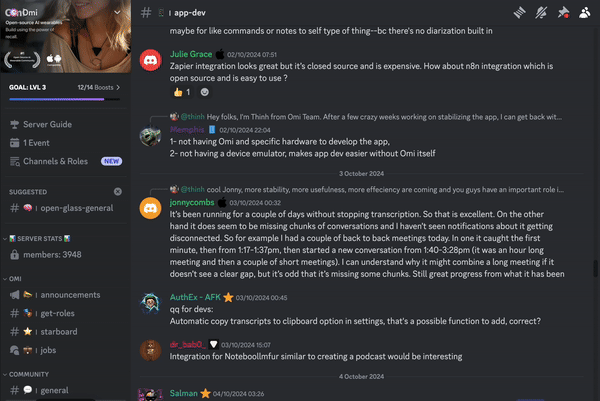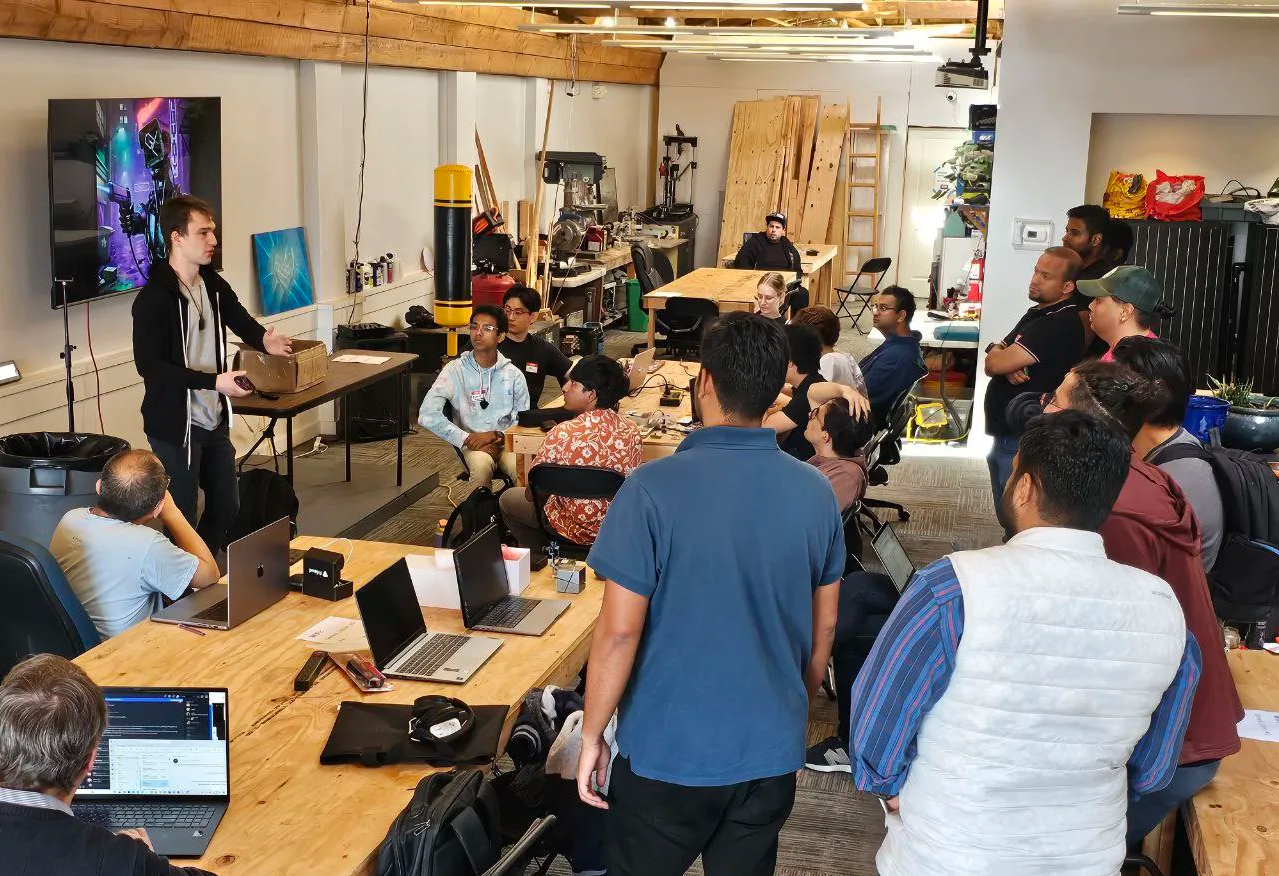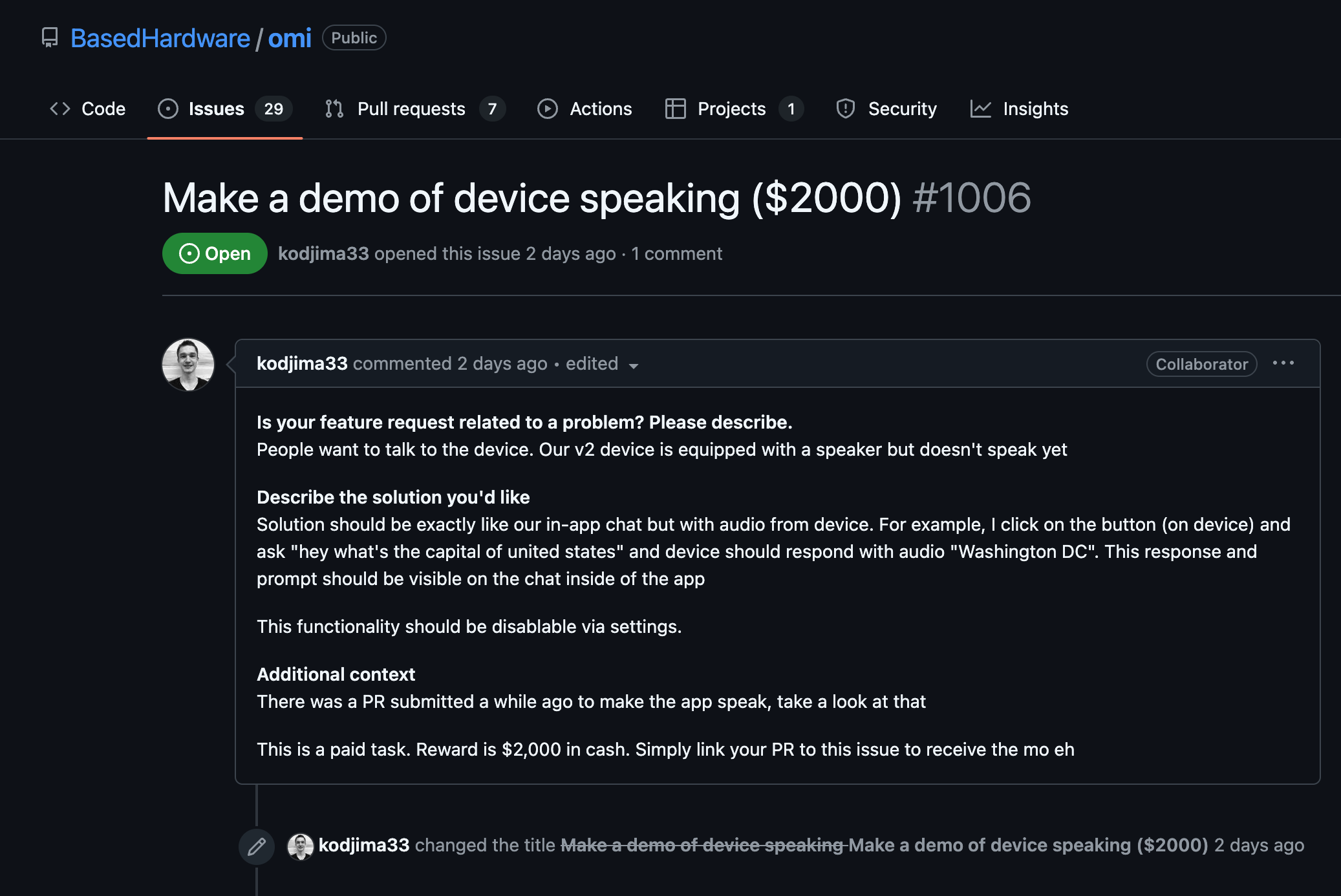Understanding RenderFlex Overflow
- RenderFlex overflow is an error in Flutter that occurs when a widget exceeds the available space along a particular axis. This happens specifically with flexible layouts like `Row`, `Column`, or `Flex`, causing them to "overflow" beyond their intended boundaries.
- This overflow message indicates that the parent Flex widget (Row, for this case) is attempting to allocate more space than is available within its parent widget, causing the child widget to be rendered outside of its bounds.
Causes of RenderFlex Overflowed by X Pixels on the Left
- Fixed Size Widgets: Utilizing widgets with fixed dimensions inside a flexible layout can lead to overflow. For instance, a `Row` containing a `Text` widget with a long string that does not fit within the available width.
- Inflexible Space Allocation: The absence of flexible widgets like `Expanded` or `Flexible` might cause certain children to exceed the available space. Given below is an example where inflexible sizing causes overflow:
Row(
children: <Widget>[
Container(width: 100.0, color: Colors.red),
Container(width: 100.0, color: Colors.blue),
Container(width: 300.0, color: Colors.green),
],
)
With a narrow screen width, the 300.0 width Container won't fit, causing an overflow.
- Nested Rows and Columns: A common scenario is using a `Row` inside a `Column` or vice versa without constraints, so the total intrinsic width or height respectively increases beyond the screen's allocation. Each child assumes it has infinite space, trying to display fully, thereby causing overflow.
- Lack of Scrollable View: Complex layouts not wrapped inside a scrollable widget like `SingleChildScrollView` can lead to overflow, especially if their content exceeds the viewport dimensions.
- Dynamic Content Changes: Widgets that change size dynamically due to user interaction or data updates may overflow if the layout isn't adjusted accordingly. For example, dynamically increasing text size or adding new elements to a `Row` can cause overflow.
Consider Contexts Where Overflow May Occur
- Responsive Layouts: RenderFlex overflow often surfaces on screens with limited width, such as mobile devices, where elements are not adjusted to fit smaller screens.
- Localization and Internationalization: Language changes can modify text length drastically. For example, translating a UI into languages needing more space can lead to overflow issues on certain parts.

























